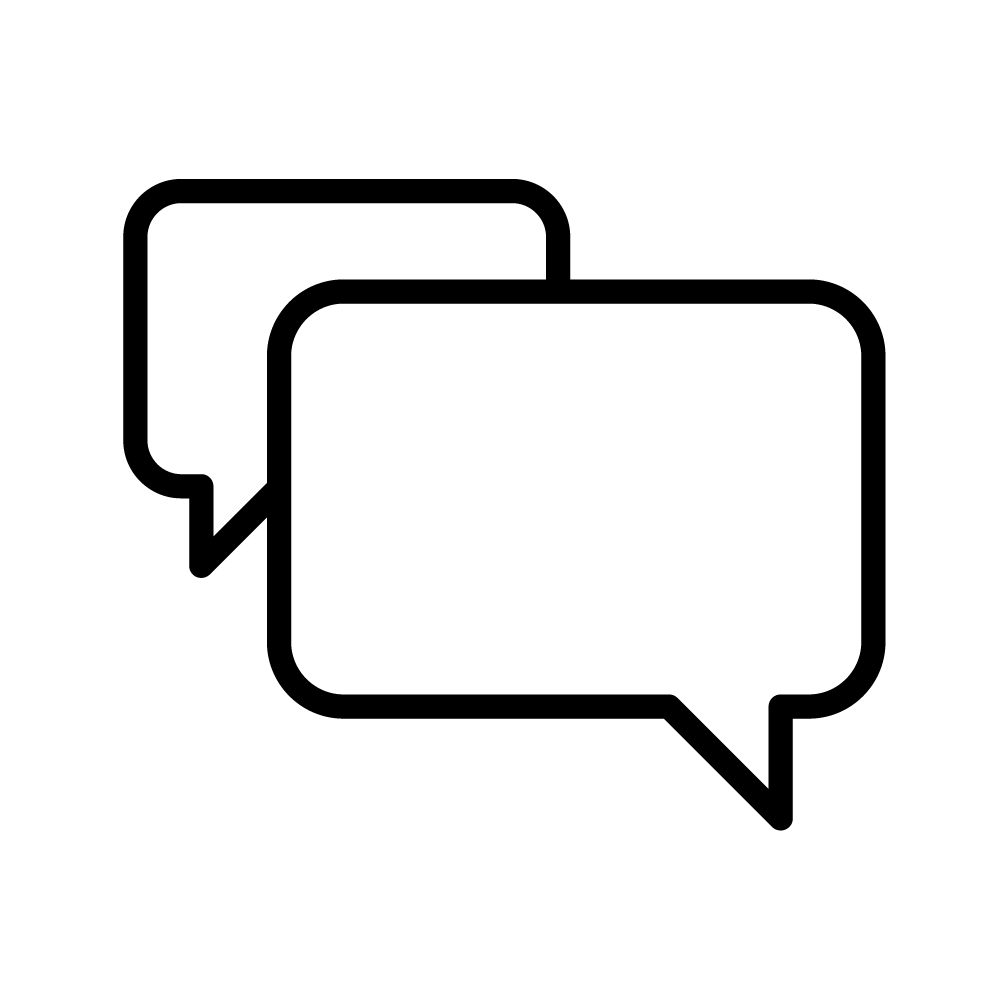PARITY
The PARITY project, formally known as ‘Prosumer AwaRe, Transactive Markets for Valorization of Distributed flexibilITY enabled by Smart Energy Contracts,’ was a research initiative funded by the European Union within the Horizon 2020 program.

This collaborative effort engaged 17 organizations from Greece, Belgium, Spain, Austria, Cyprus, Switzerland, and Sweden. Running from 2019 to 2023, spanning a duration of 42 months, PARITY secured a funding grant amounting to €7,151,837 from the European Union.
The aim of the PARITY project was to overcome the inherent inertia present in existing distribution grids through the introduction of a transactive grid and market framework. Unlike conventional top-down grid management methods, PARITY set itself apart by implementing a localized flexibility market platform that seamlessly integrated IoT and blockchain technologies. By employing smart contracts and blockchain, PARITY established a market for automated flexibility exchange, facilitating efficient and transparent transactions while incentivizing flexibility in a cost-reflective and symmetric manner. This was achieved by considering real-time grid operational constraints and the availability of Distributed Energy Resources (DER) flexibility.
PARITY deployed state-of-the-art IoT technologies to provide distributed intelligence through DER profiling and self-learning/self-organizing capabilities via automated real-time distributed control. These functionalities were coordinated by cost-reflective flexibility market signals generated by the blockchain platform. Within the PARITY framework, DERs are organized into dynamic clusters, forming self-organized networks of active DER nodes. These clusters efficiently distributed and balanced global and local intelligence, enabling real-time aggregated and peer-to-peer transactions. This was accomplished through advanced forecasting, optimization, and control of DER flexibility.
Additionally, the PARITY solution incorporated innovative tools for active network management, including a novel STATCOM and power quality monitoring device. These tools empowered the Distribution System Operator (DSO) to enhance its management capabilities, grid observability, and hosting capacity for Renewable Energy Sources (RES).



